Many travelers associate the state of Nevada with nothing more than Las Vegas and maybe the Hoover Dam. That’s a gross underestimation of what this beautiful Southwestern state has to offer, though. If you’re looking for natural getaways, you can visit two national parks in Nevada, as well as several other National Park Service sites.
While you might think of Nevada as a desert state dotted with only a few large cities, it’s actually much more diverse than you’d expect. Here’s a fun fact to prove that: Nevada has more mountain ranges than any other state!
There are more than 300 named mountain ranges in Nevada, along with 100 other unnamed ranges.
One of those ranges is home to the only national park Nevada can claim as its own—Great Basin National Park. This less-visited national park protects a part of the Snake Mountains, with 13,063-foot Wheeler Peak as its highest point.
On the other side of the state, along the Nevada-California border, you’ll find a part of Death Valley National Park in Nevada’s Amargosa Range.
In between those two mountain ranges and national parks in Nevada are a number of other National Park Service units.
From ultra-popular Lake Mead to the fascinating Tule Springs Fossil Beds and a few national historic trails, there’s plenty of nature and history to enjoy all across Nevada.
Contents
4 Amazing National Parks in Nevada to Visit
This post about the national parks in Nevada contains affiliate links. You can read more about our Terms of Use / Disclosure here.
Tule Springs Fossil Beds National Monument
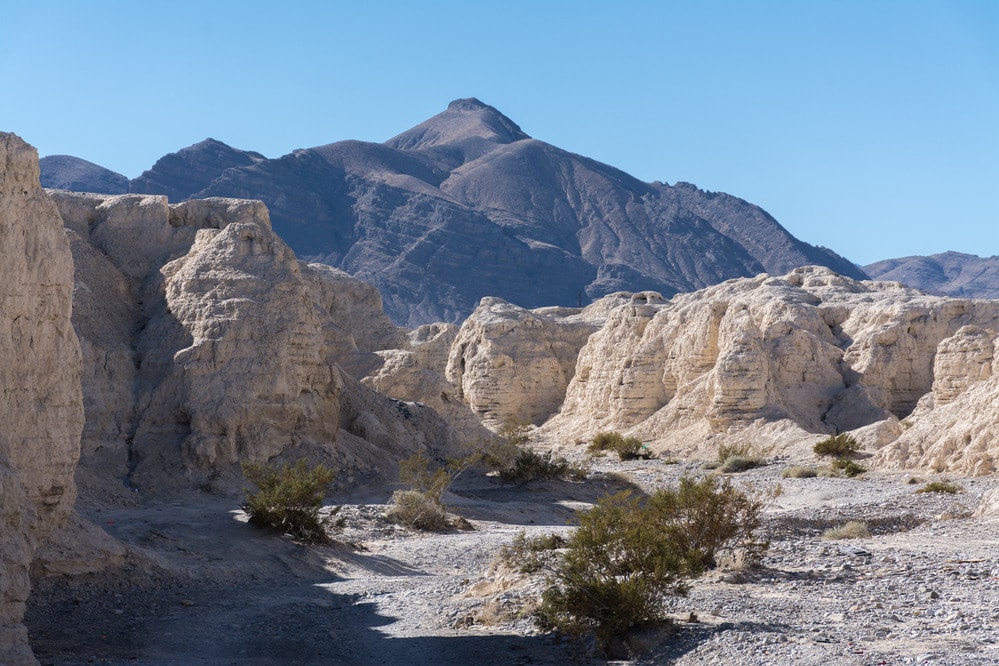
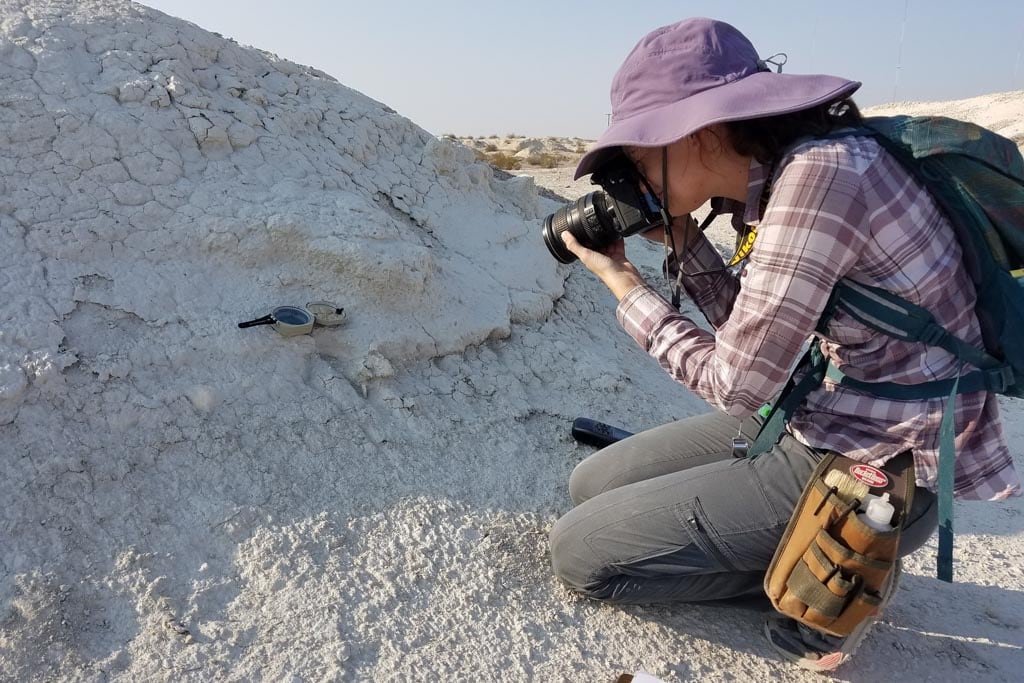
Located just north of Las Vegas, Nevada, Tule Springs Fossil Beds National Monument protects an important collection of Ice Age fossils.
The National Park Service says it contains “the single largest and most diverse open-site assemblage of vertebrate fossils from the end of the Pleistocene Epoch in the Mojave Desert and southern Great Basin.”
A great day trip from Las Vegas, this national monument is where the fossilized remains of many iconic Ice Age mammals were found, from Columbian mammoths, camels and long-horned bison to ground sloths and giant American lions.
Additionally and super-interestingly, this is also the site where scientists used radiocarbon dating for the first time ever in the United States.
You can hike near the so-called “Big Dig” in the southern part of Tule Springs Fossil Beds.
These long trenches excavated in 1962 contain a rich collection of large animal fossils. You might even stumble upon a fossil yourself while walking around—just remember that you’re not allowed to move it!
Lake Mead National Recreation Area
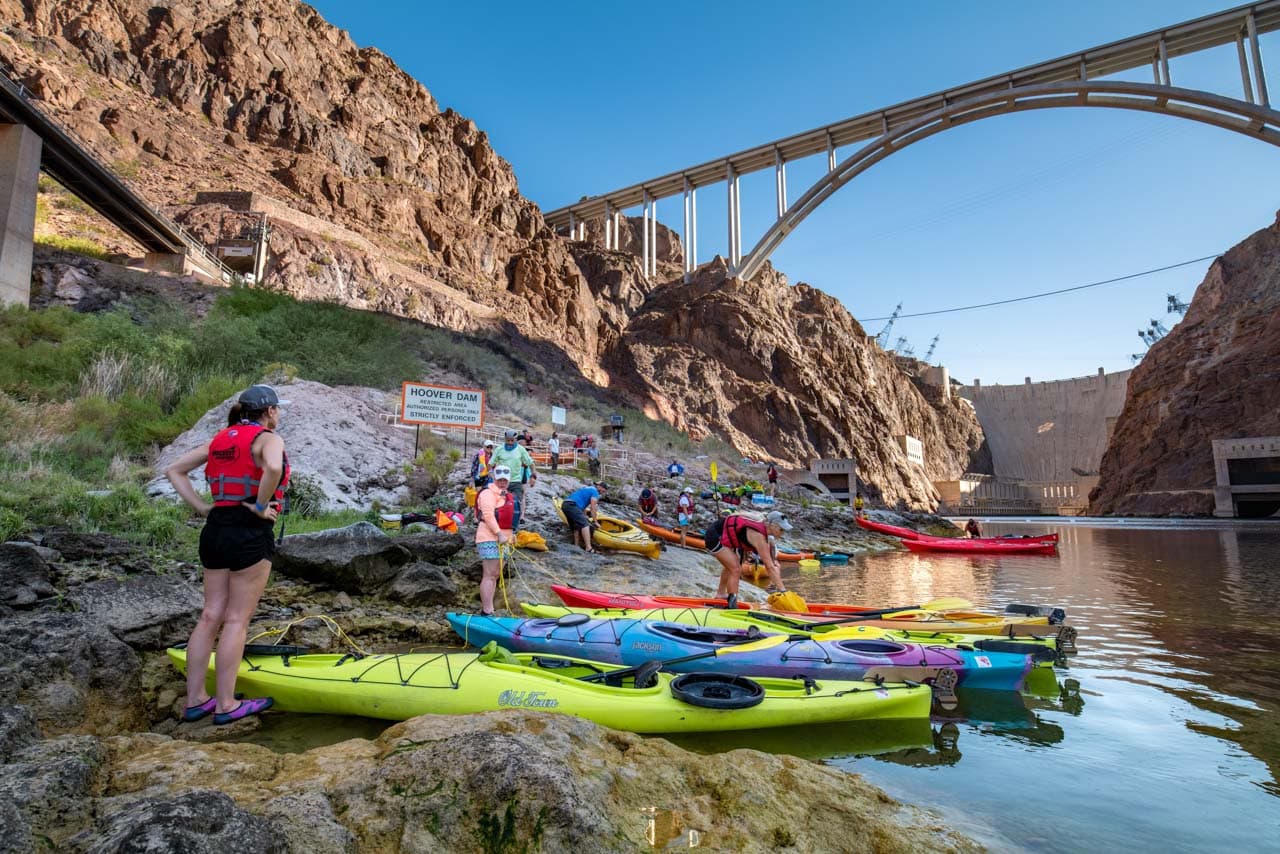
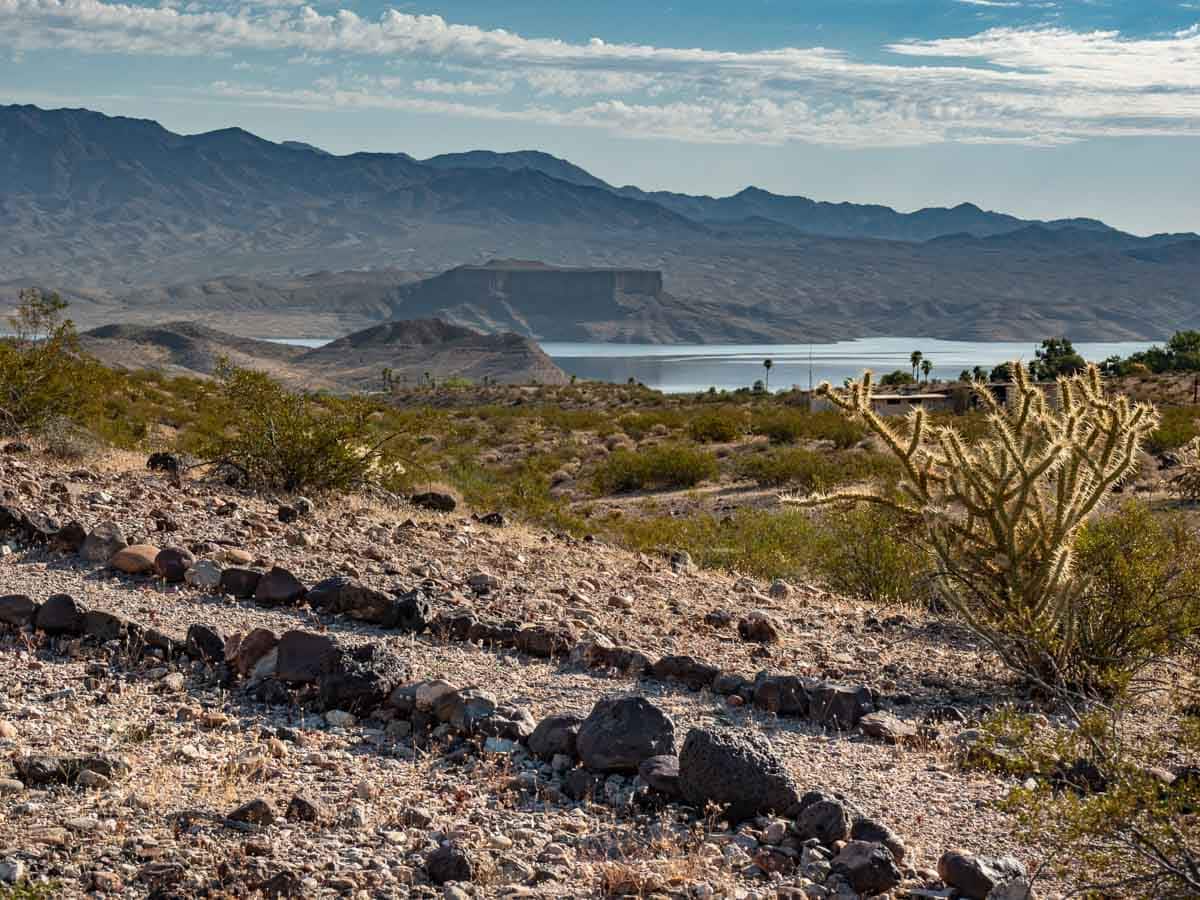
A man-made lake created by the huge Hoover Dam, Lake Mead is America’s most diverse national recreation area, according to the National Park Service.
The oldest national recreation area in the United States, it contains the country’s largest freshwater reservoir, extending from Nevada into Arizona.
Popular Lake Mead National Recreation Area, one of the most visited units in the National Park System, encompasses two enormous lakes, but also mountains, canyons and valleys.
There are no fewer than nine wilderness areas, too. There’s a wide variety of fun things to do at Lake Mead, but not surprisingly the most popular activity is boating. Other water-related activities include fishing, swimming, water skiing, canoeing and even scuba diving.
Other popular activities at Lake Mead are visiting the world-famous Hoover Dam, hiking and biking, and horseback riding.
Death Valley National Park
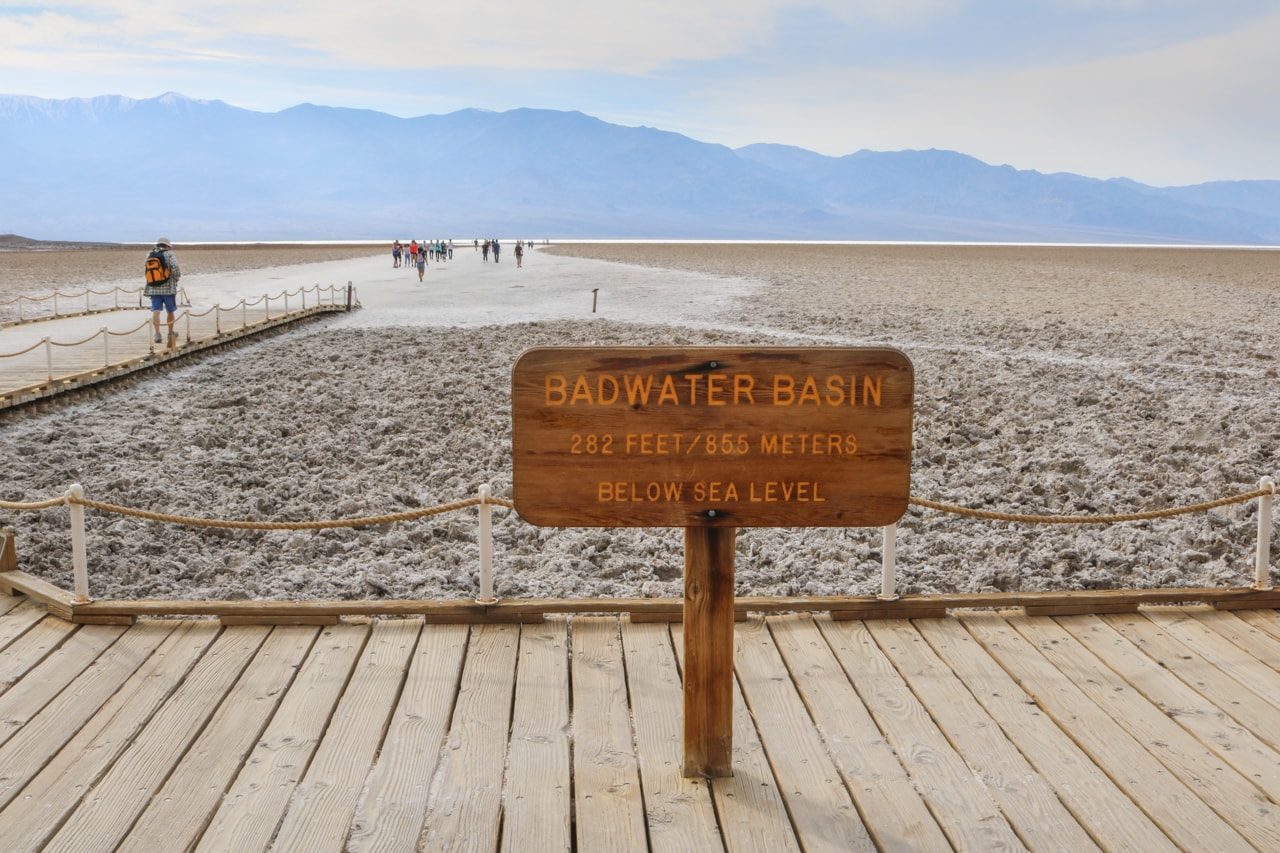
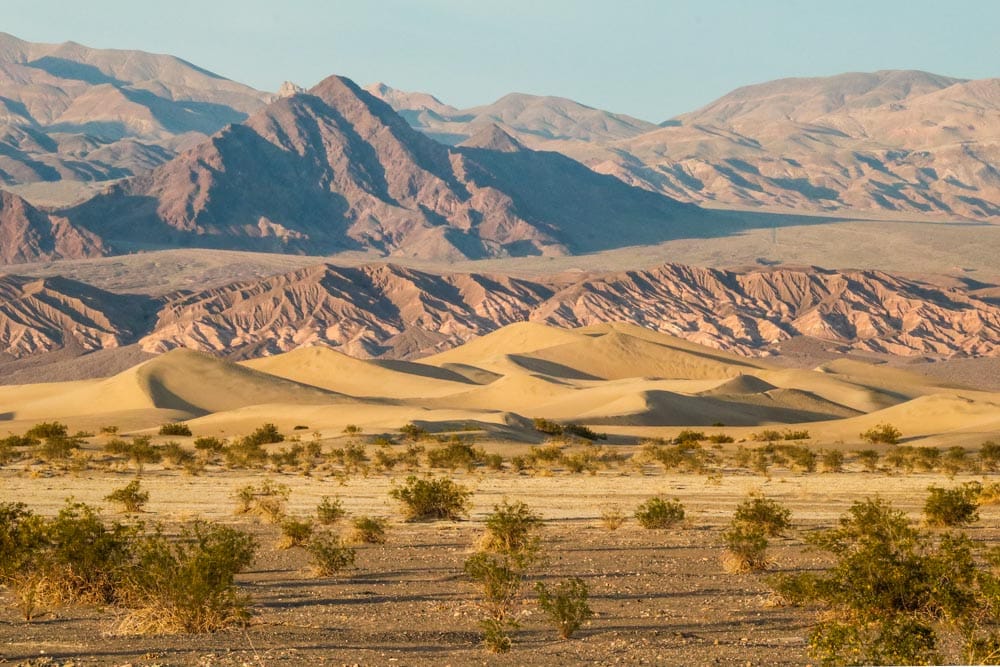
The largest national park in the contiguous U.S., Death Valley National Park holds various records.
This vast national park encompasses the lowest point in North America, while also being both the driest and the hottest place on the entire continent.
Although the park’s name might make you think that there’s only scorching hot desert plains here, that couldn’t be further from the truth. Death Valley National Park is remarkably diverse.
Home to huge sand dunes, multi-colored badlands, snowcapped mountains, hidden canyons and even a couple of (seasonal) waterfalls, it’s one of the greatest national parks in the American West.
Spend some time exploring places like the Mesquite Flat Sand Dunes and Harmony Borax Works.
Hike Badwater Basin, home to North America’s lowest point, and discover gorgeous landscapes on the Desolation Canyon Trail and Golden Canyon, Gower Gulch and Badlands Loop. In the evening, head up to Zabriskie Point or Dante’s View for epic sunset views.
Note, however, that most of Death Valley National Park is located in California. A small section of the park is in western Nevada, crossed by Route 374.
Great Basin National Park
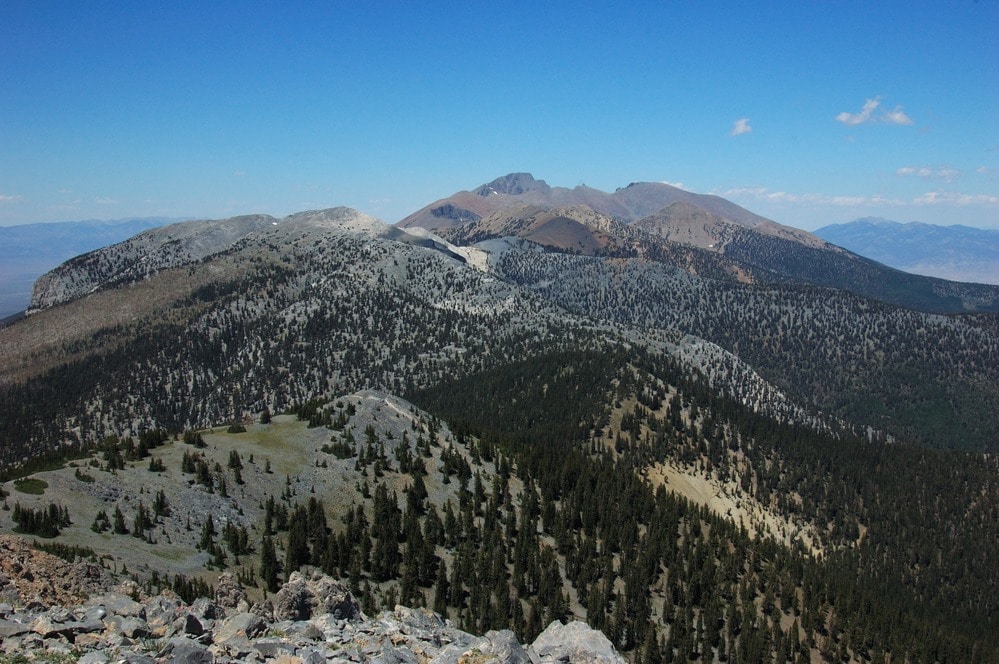
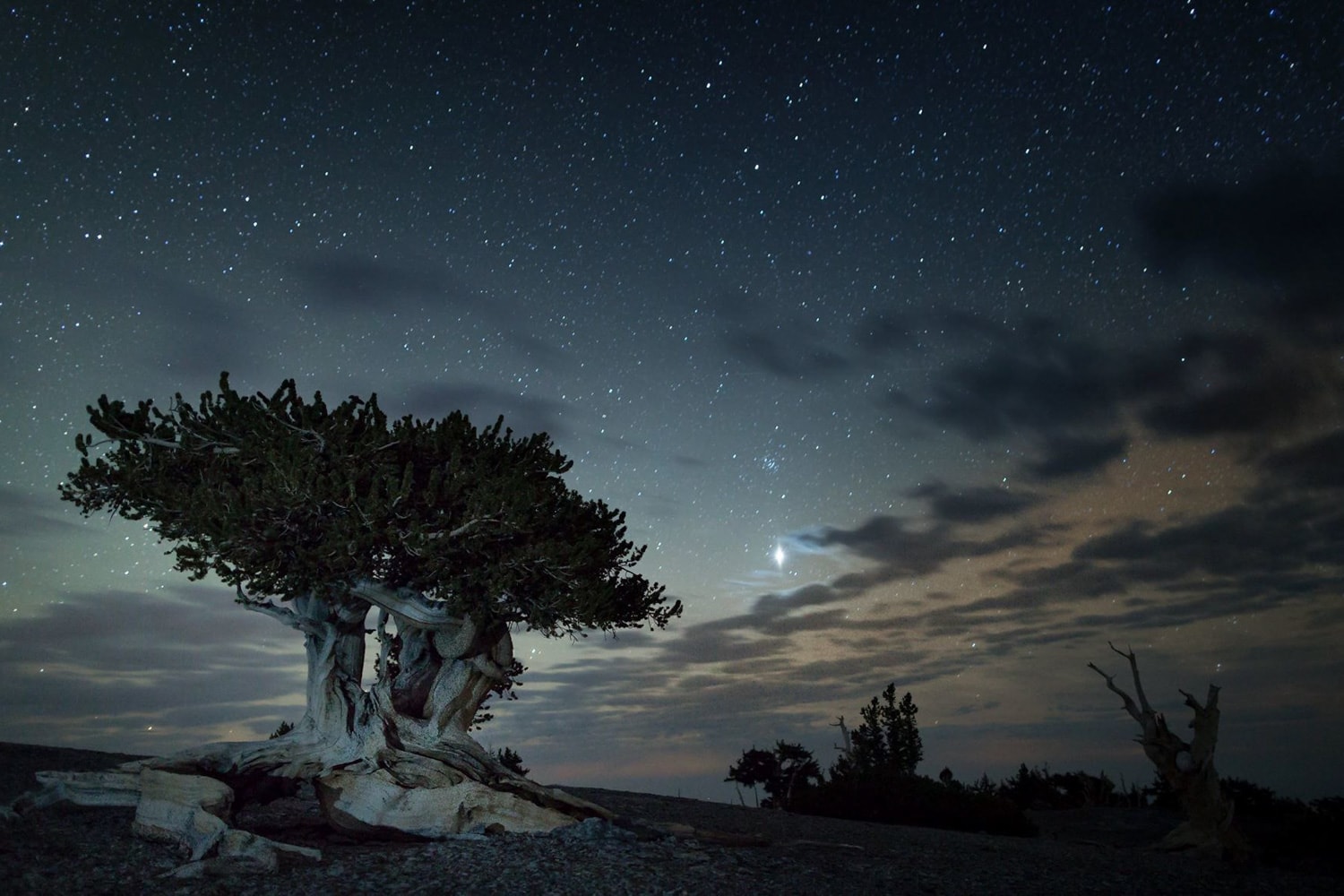
The only national park that’s entirely within Nevada, Great Basin National Park preserves an exceptionally diverse landscape in eastern Nevada.
The park’s namesake, the Great Basin is one of the largest watersheds in North America, extending from Oregon to southern California and into Utah and even western Wyoming. This less-known national park lies in the heart of this vast region.
The natural variety in Great Basin National Park is extraordinary, including 13,063-foot-high Wheeler Peak and rolling hills covered with sagebrush. There are caves and bristlecone pine forests, lakes and valleys, too.
In short, this national park offers a lot more than just Nevada desert.
Additionally, as an official International Dark Sky Park, remote Great Basin National Park boasts one of the last true dark skies in the United States. Spending a night at a campground, gazing up at the Milky Way, is a top thing to do here.
The hiking trails, on the other hand, are amazing as well, offering some of the best crowd-free hiking experiences in the national parks.
Find Accommodation Near Nevada National Parks
Booking.comOther Nevada National Park Service Sites
In addition to the awesome Nevada national parks above, there are also three national historic trails that run across the state.
These linear “national parks” consist of numerous individual sites and places, located along historic travel routes.
Whether it’s an old road dating from Spanish colonial times, the 19th-century emigrant era or a legendary, albeit short lived, communications route, these trails are well worth exploring, too.
California National Historic Trail
“Follow in the footsteps of over 250,000 emigrants who traveled to the gold fields and rich farmlands of California during the 1840s and 1850s: the greatest mass migration in American history. The California National Historic Trail is over 5,000 miles long and covers portions of 10 states. Step into history along more than 1,000 miles of ruts and traces from travelers and their overland wagons.” – National Park Service
More information: https://www.nps.gov/cali/index.htm
Old Spanish National Historic Trail
“Follow the routes of mule pack trains across the Southwest on the Old Spanish National Historic Trail between Santa Fe, New Mexico, and Los Angeles, California. New Mexican traders moved locally produced merchandise across what are now six states to exchange for mules and horses.” – National Park Service
More information: https://www.nps.gov/olsp/index.htm
Pony Express National Historic Trail
“It is hard to believe that young men once rode horses to carry mail from Missouri to California in the unprecedented time of only 10 days. This relay system along the Pony Express National Historic Trail in eight states was the most direct and practical means of east-west communications before the telegraph.” – National Park Service
More information: https://www.nps.gov/poex/index.htm
